“I have a swaddled baby to show you,” a friend said over the phone. “Like a baby in the cradle. Want to come over and see?”
The words caught my curiosity. My friend was too old to have a baby in her arms — at least, not one of her own. And since she never had children, there wouldn’t be any grandchildren, so I was perplexed at the prospect of her showing off a baby.
“Come for lunch,” she suggested. I did, and when I arrived, she instantly took me to her sunroom where a wide variety of orchids were in full bloom.
“Here it is.” She pointed to the largest in her display. “I found it at the nursery. They don’t usually carry these unique orchids especially one so tall. I was told it could grow to 2 feet in height.”
“Wow!” I exclaimed. “That is tall.”
“It’s already taller than my others,” she continued. “But I love it anyway. And look at the flower. Doesn’t it look like a swaddled baby in a cradle?”
I peeked closer and admired the waxy, cream-colored flower. The interior of the flower did indeed look like a baby swaddled in a blanket. I took a deep breath.
“Mmm … is that a scent of cinnamon?”
“It is!”
My friend, the passionate orchid collector, was pleased with my interest. Also, I noted, she was pleased that she had managed to tease me about her newest acquisition.
“It’s part of the Anguloa uniflora orchids named after the collector Francisco de Angulo from the Andes regions of Venezuela, Columbia, and Ecuador. It’s also known as the tulip orchid. The best part is the flowers last a long time.”

“I love the names.” I chuckled. “And I love the flower.”
The leaves were interesting, too. Slender and pleated with pseudobulbs.
“Fascinating,” I said. “Great addition.”
As I enjoyed lunch, my friend shared her knowledge. Swaddled babies are one of 10 species of the genus Anguloa — all of which are native to South America. Caring for the swaddled baby orchid is much the same as caring for others. It prefers a high humidity environment and dappled rather than direct sunlight, to simulate its natural growing conditions in South American forests.

The plants also need to be pampered in the hotter summer conditions by misting the plant up to 5 times a day. It should be watered once a week during the hot summer months and slightly less in the winter.
Related Post: How To Care For Orchids
Summer temperatures to nurture this plant should range between 79 degrees Fahrenheit during daytime and 64 at night with winter temperatures ranging between 64 degrees Fahrenheit during the day and 50 degrees at night. Since the swaddled baby is used to a forest environment with dappled light, it’s best to keep the plant in a location that doesn’t get too much direct sun.
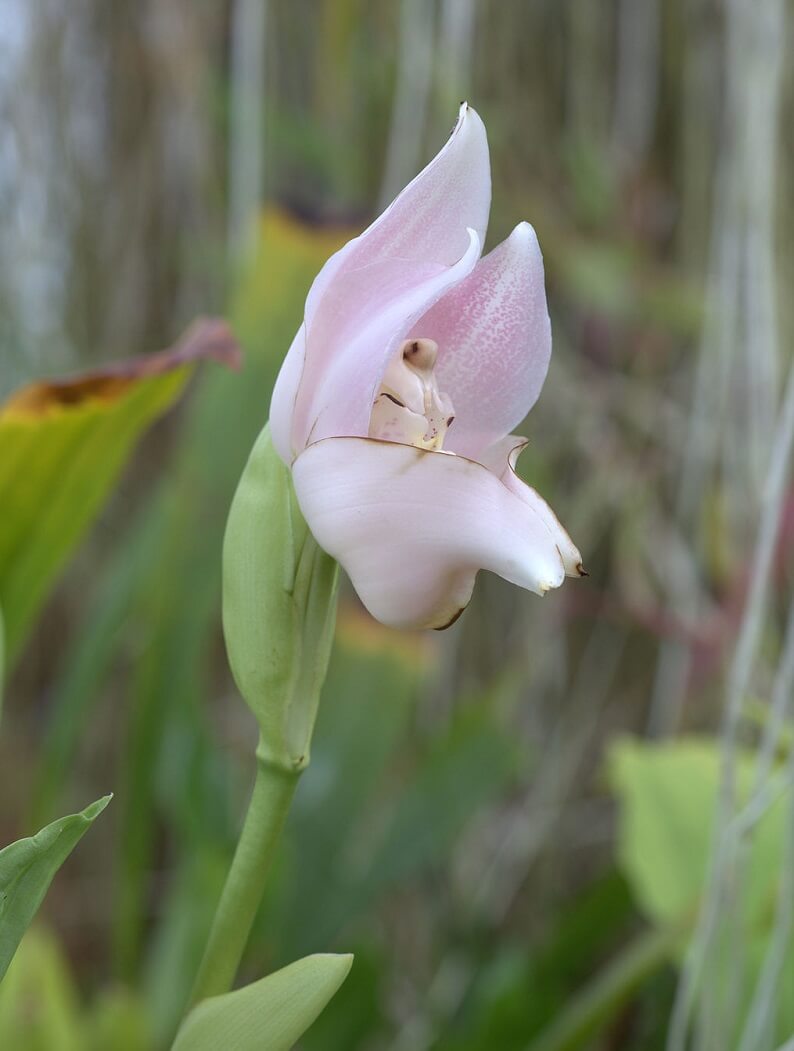
The plant thrives well in plastic pots with drainage holes. The soil should be a mixture of bark and perlite mixed with some charcoal or coarse peat. Commercially prepared orchid soils may also be used.
Related Post: Homestead Stories: The Monkey Orchid
The soil, which really isn’t soil, imitates the natural growing environment in the South American forests. Swaddled babies (and all orchids for that matter) require a soil mixture that allows for good drainage and prevents root rot. A routine of fertilizing the plant with an orchid fertilizer also helps maintain a healthy plant.
Pampering this orchid may seem overwhelming, but the results are worth it. And with its unusual name, it certainly makes for an interesting conversation piece.




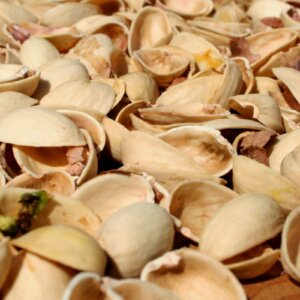

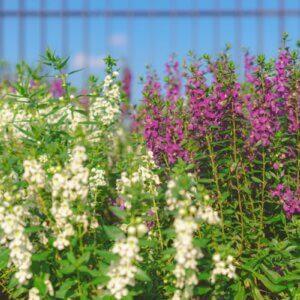
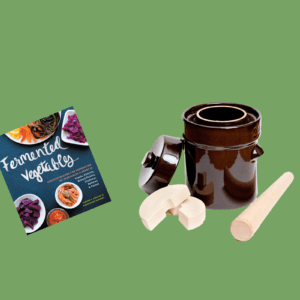

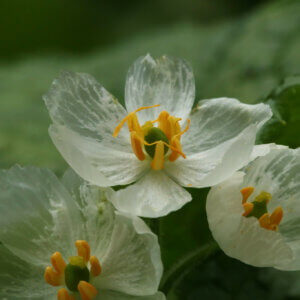
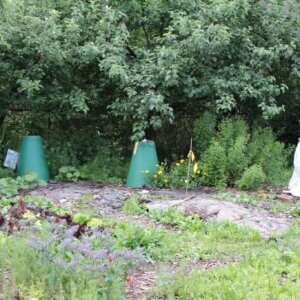



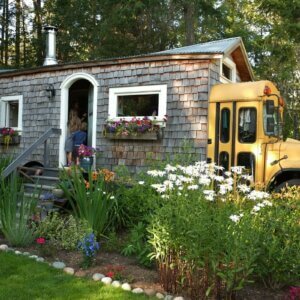

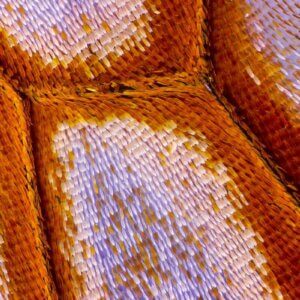
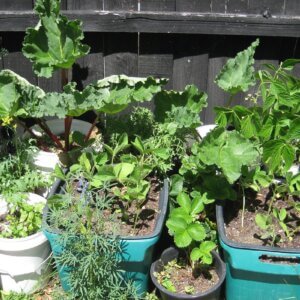
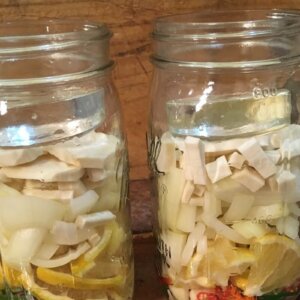
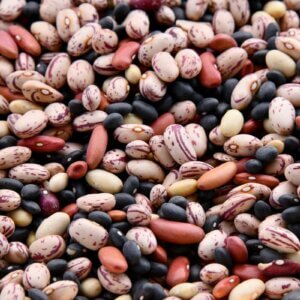
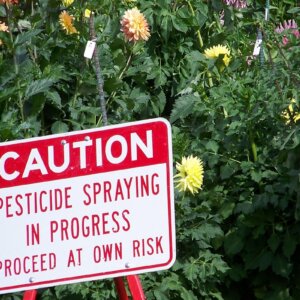
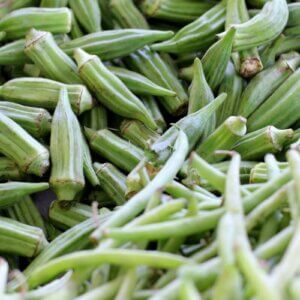


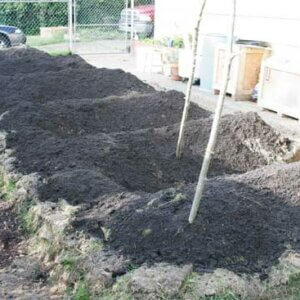
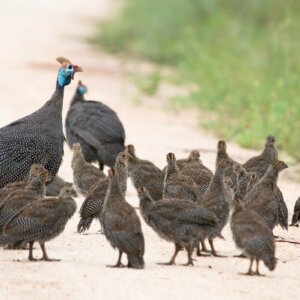
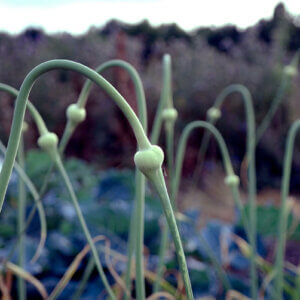
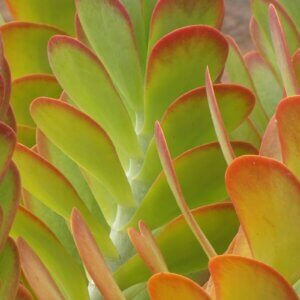
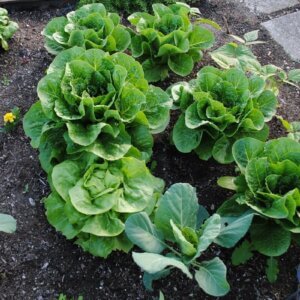
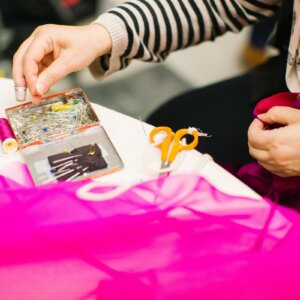

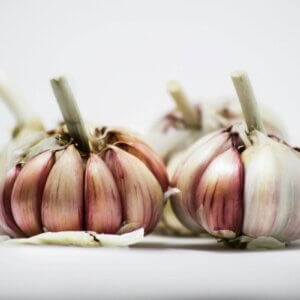
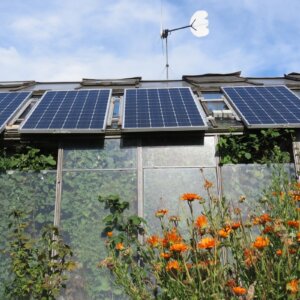


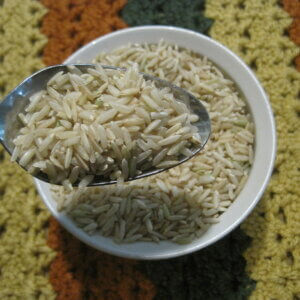
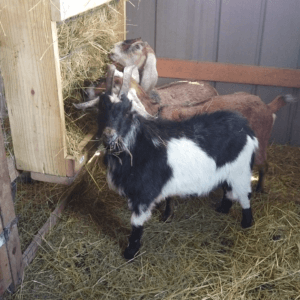
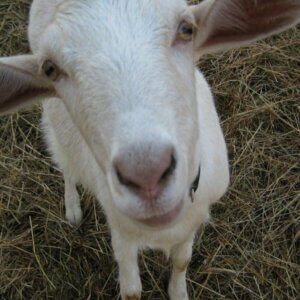


Hi –
I live in Miami. Where can I find these? My girlfriend would love one of these!
Thanks!